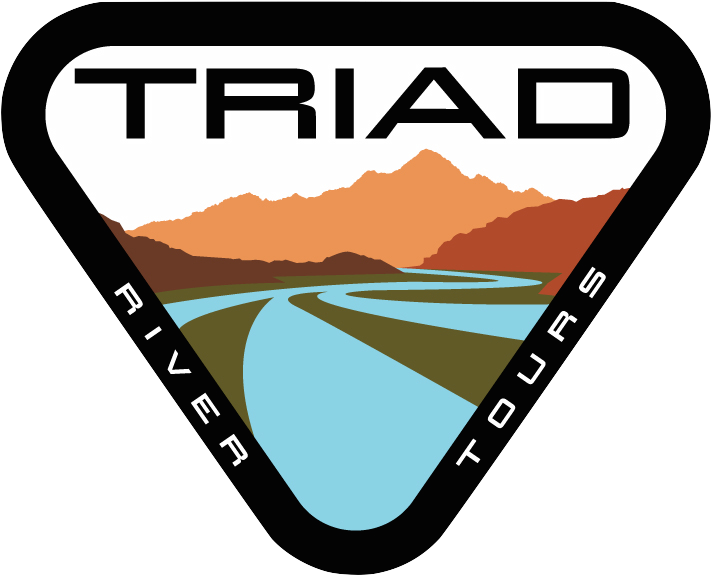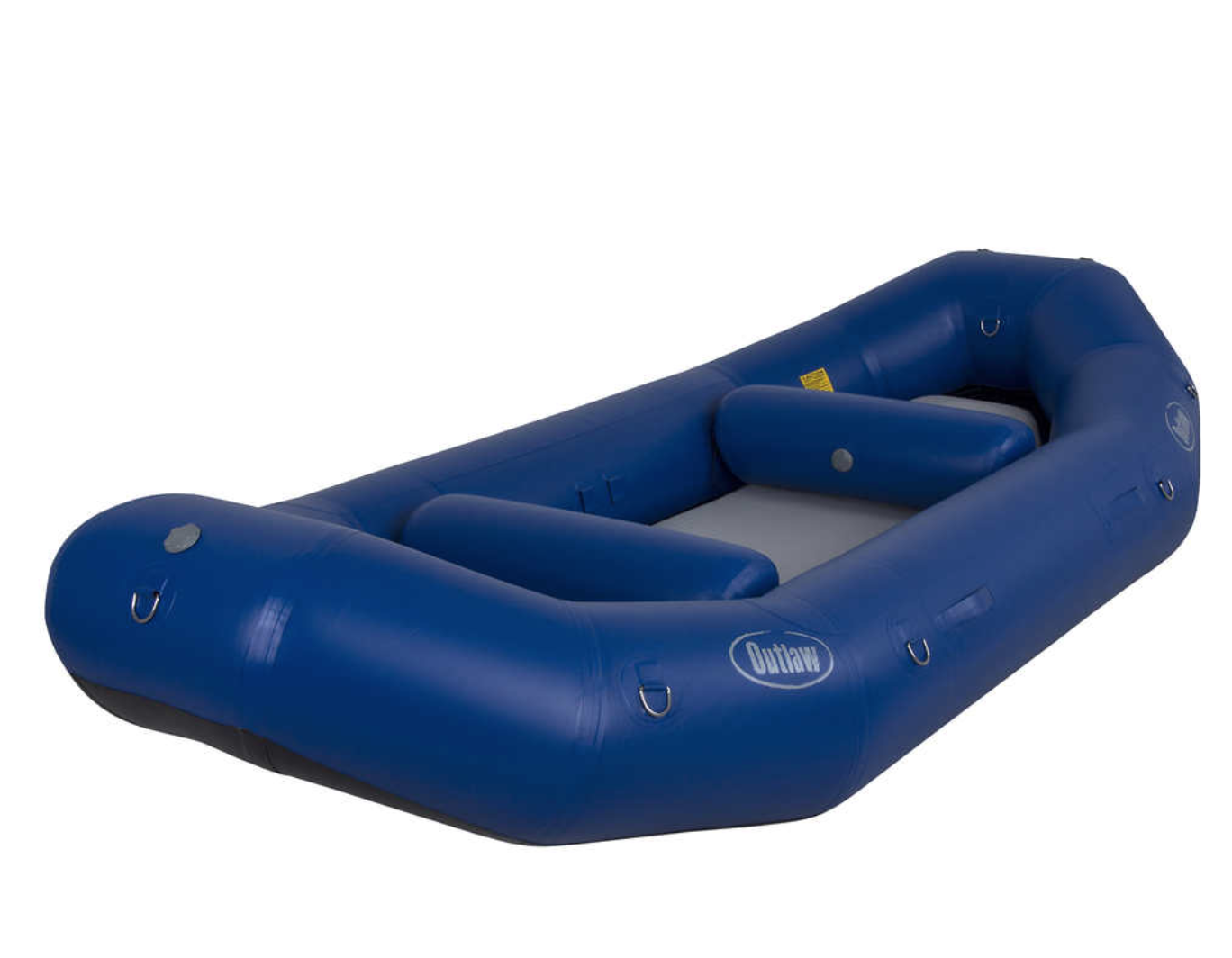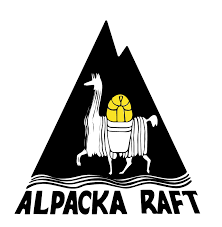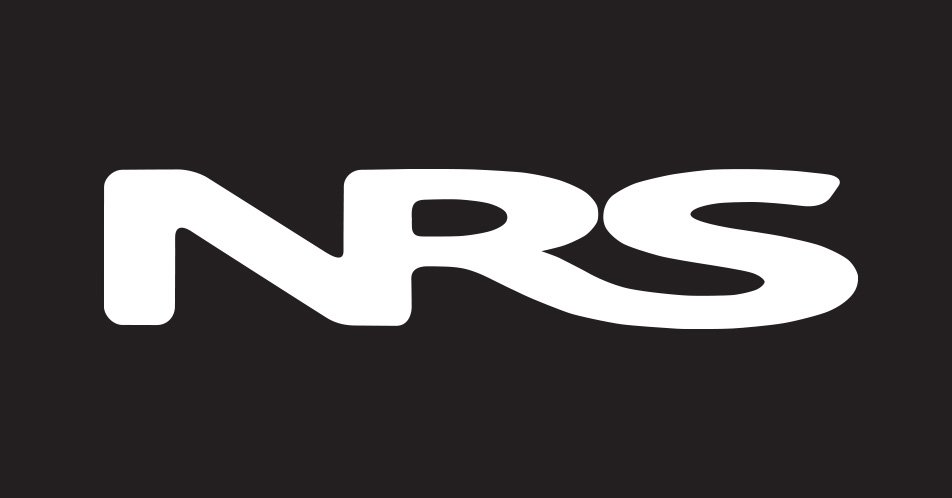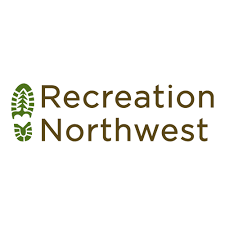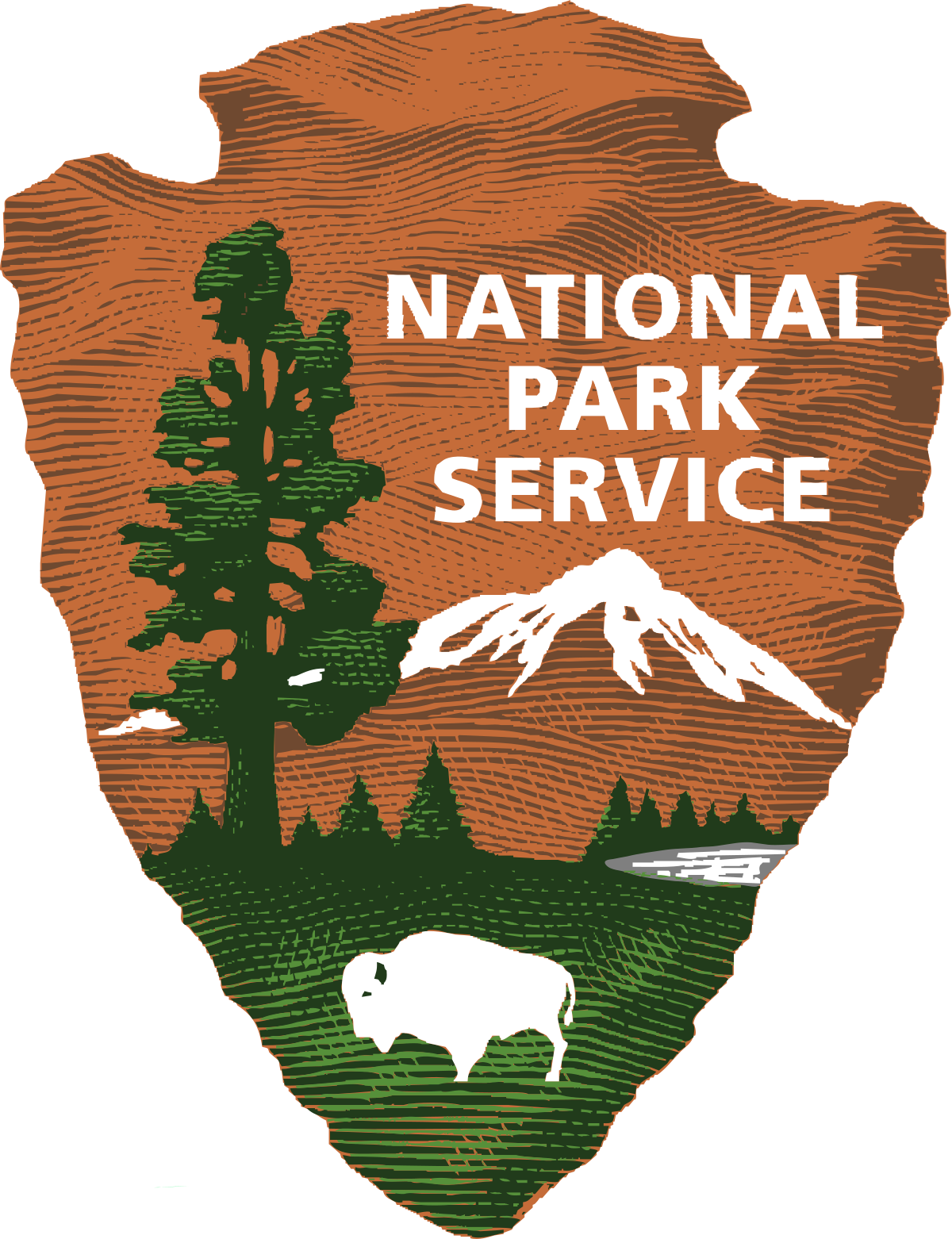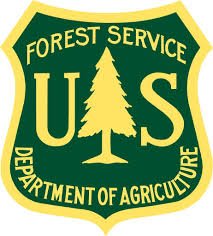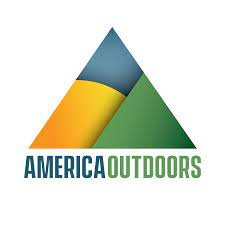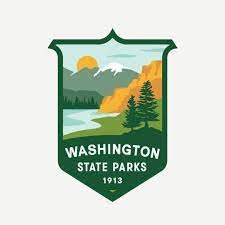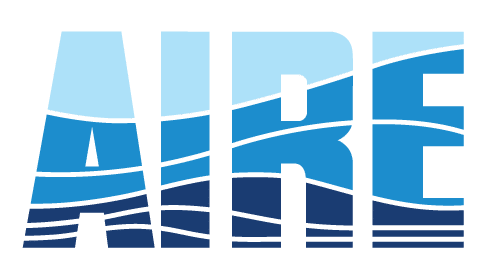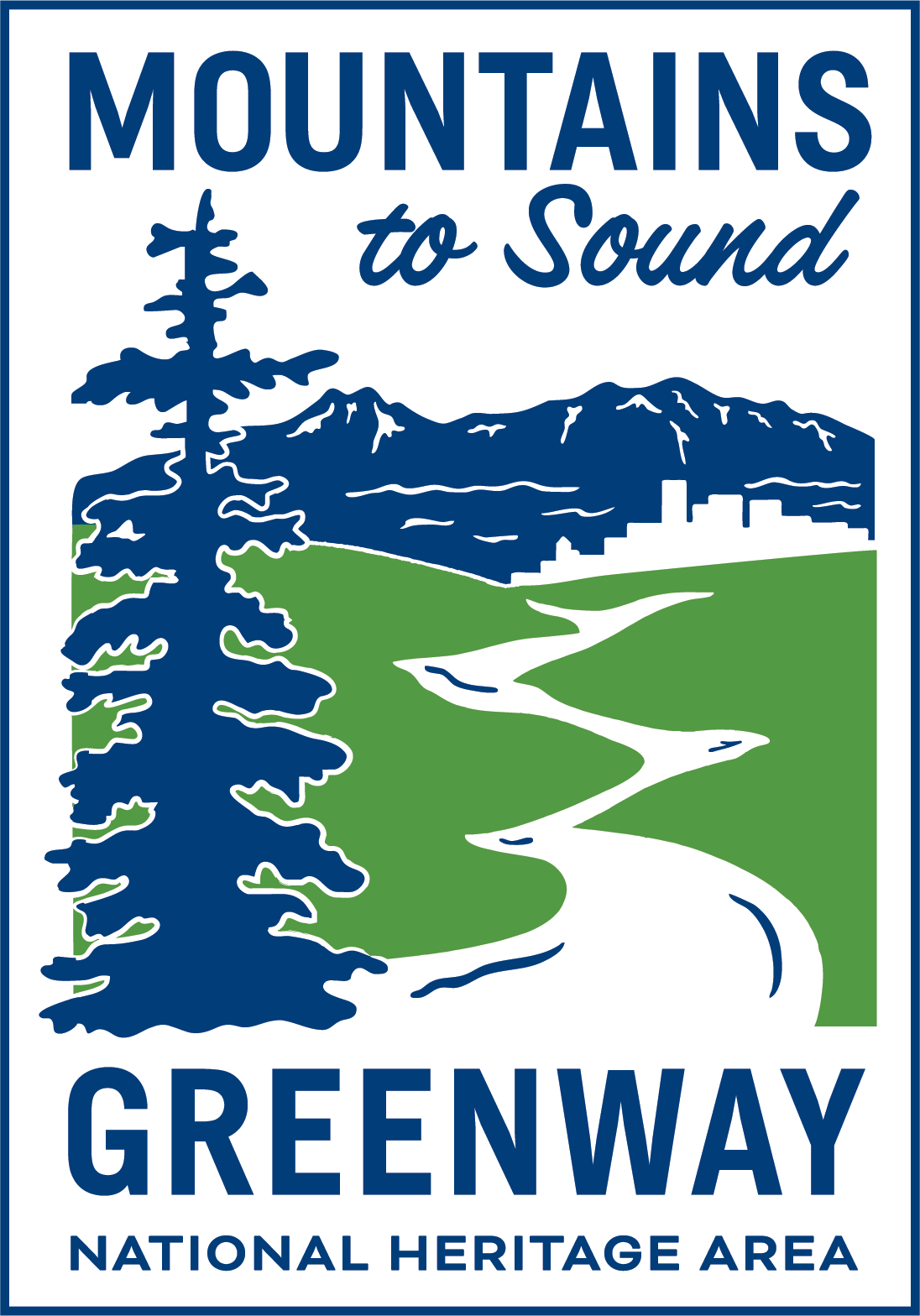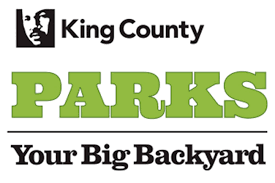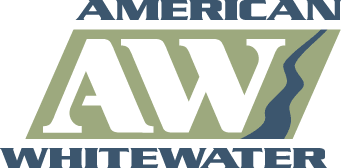Tell us: What is the best 13 foot class whitewater raft on the market today?
Among commercial rafting companies in Washington there is a prevalent need for the raft that comfortably carries the 6 load; a raft design that has the capacity for 6 adults plus a guide, and can navigate the technical whitewater rivers of Western Washington. Often times you see the 14 foot raft holding this position in other states, but in Washington where the narrow channels and coastal conditions mandate a tight fit, the 13 foot raft reigns supreme. Here’s an overview of the 13 foot rafts we have experience with on the coastal rivers of the Cascade Mountains at Triad River Tours, and for our purposes how they are ranked, with #1 being the best for our purposes. The criteria for our rankings are weighted with the most importance being given to safety, ride, and maneuverability in whitewater (think; the boat the guides liked the best), next to that durability vs. cost (something that’s important in any river rafting business), and finally the look and feel of the boat as it relates to the preference of the guests.
1. NRS E-136
2. Aire Super Puma
3. NRS E-130
4. Hyside Pro 13
5. Maravia New Wave 2
6. NRS 130A (custom design)
7. Sotar ST 13’ (custom design)
8. NRS E-132
9. Aire 130E
10. Maravia Spider
11. Aire 130D
12. Aire 130R
13. Aire Tributary 13.0
14. NRS Outlaw 130
The rafts have all been used by your guide staff on training trips as well as commercial whitewater rafting trips in Washington, as well on private trips (guides at Triad have open access to demo boats at any time) in Idaho, Oregon, and in British Columbia. Most of the rafts have video footage that has been analyzed by management, and feedback reports given by the guides have caused them to be ranked where they are. Ultimately, if this list is being utilized to make a purchase by a private rafter, it’s vital to recognize that the boats being used for commercial and training purposes place a very high importance on safely getting 6 novice paddlers down Class 4 water. Comparatively, river rafting on multi-day sections or general private boater use typically causes much less wear and tear, and need for such high capacity. It’s likely that if this list were arranged as a buying guide for rafts it would look much different.
Now; onward… or should we say “All Forward”
NRS Outlaw 130
Straight up; the guides hated this boat. The reports back were that it was heavy and that the floor of the thing filled up with water so that it constantly held a few hundred pounds of water in it making it far less maneuverable than any other raft in the fleet. To make matters worse, this raft was used extensively during low water runs on the Sauk, which meant that the extra weight ended up causing the raft to pin. On the plus side of things, the raft is very inexpensive, and the PVC material used for the tubes, while being relatively heavy, was very tough (which it had to be in order to sustain the abuse of hitting so many rocks).
The NRS Outlaw 130. Source: https://www.nrs.com/product/86038.01/nrs-outlaw-130-self-bailing-rafts
Best thing about it: Inexpensive
Worst thing about it: Runs like S*&# in technical whitewater
Aire Tributary 13.0
Intriguingly priced around the same as the Outlaw 130, this boat got heavy use during our drought stricken 2015 season, and held it’s own fairly well. Lead guides on the Skykomish River did not report back any serious complaints, and as this raft was utilized alongside a very popular raft in Washington, the Aire 130R, it was reportedly nimble enough to keep up and handle the steep technical drops of Boulder Drop on the Skykomish. The Tributary 13’s most detrimental features were that the material used on the exterior skin was not the same PVC used on the other Aire designs (Ferrari PVC), and for some reason in the heat the rafts tended to stick to other boats like glue, almost comically. The rafts were slightly softer and less rigid than that of the standard Aire rafts, causing them to flex more and in steep drops like the ledge over “the fence” on Boulder Drop the nose tended to bend back and “squeeze” our guests. The raft has diminishing tubes and as a rule it was not used with a stern mount frame. The material was plenty durable; not as tough as the NRS Outlaw material, per se, but also notable is that the Aire Tributary designs also feature an internal urethane bladder (noticeably absent on the NRS rafts). One critical difference between the Tributary models and the standard Aire raft designs (E, D, R) are that the Tributary ballast floor carries more water than the others, and thus when you pull it out of the water it sags tremendously; this was the chief complaint about this raft.
The Aire Tributary 13.0 Raft. Source: http://www.aire.com/tributary-raft/tributary-thirteen-hd.asp
Best thing about it: Best all around budget raft
Worst thing about it: loading it in and out of the river and waiting for the eternal spring of river water to drain out of it… also; they’re ugly (according to our guide Brandon Steele, it’s “fugly”, which apparently is even worse than ugly).
Aire 130R
I know that there are a few guides from other whitewater river outfitters in Washington state that will be up in arms that we put this raft so low on the list, but let’s get into the details here. Bottom line is that this raft is one of the most stable boats in the 13 foot class, and has the rigidity to handle big drops. The problem with it is that it carries too much momentum, and has a feeling of a 15 foot with a hole in the floor. I mean, this sucker is a pig. In fact, the guides nicknamed it Miss Piggy and it carried that name for years. The reason we bought one in the first place was that it was the raft used by a competitor, and thus used by the guide that came to us from that company. At the end of the day this raft had the incredible durability that can be expected from an Aire raft, coupled with the stability expected from a wide design, with fairly large tube diameter. It’s only issue was that it was slow, hard to turn, and with 6 people in it became the river rafting equivalent of a greyhound bus with no power steering.
The Aire 130R Whitewater Raft. Source: http://www.aire.com/aire-raft/130r.asp
Best thing about it: Tough as nails and stable as a rhino
Worst thing about it: Has no ability to change it’s mind mid rapid, making it a liability in technical whitewater (which we have a plethora of in Washington)
Aire 130D
This is a common raft used in Washington by several outfitters on the Wenatchee and White Salmon Rivers. It’s a design that occupies a middle ground for Aire between the Super Puma (A narrow, 13 foot long raft with diminishing tubes) and the bludgeoning 130R. The 130D is sleek, and does not handle a 6 load with anywhere near the capability of the R series (a notably bigger raft in every way), and does not handle the tight spaces like a Super Puma, but it does everything well. Additionally, if you can run a 130D with a 6 load (that is, with 5 paddlers and 1 guide, or an “R6) you have a sweet little technical rapid runner. The 130D is a raft that we hesitated to give up, but ultimately did so in favor of having multiple raft designs in the 13 foot arena. It’s a raft that if we would have stayed small as a company would have worked well as an all around raft for all river levels on the Sauk and Nooksack Rivers, where it seemed to be very at home. Notably, the crew of Triad River Tours did like this raft and it ended up on the river a lot, and there was one commercial trip where the river swelled just before getting started and it handled the big water surprisingly well, making it a much better choice than a Super Puma for big whitewater.
The Aire 130D Whitewater Raft. Source: http://www.aire.com/aire-raft/130d.asp
Best thing about it: Good at everything
Worst thing about it: Excelled at things more relevant to the private rafter market
Maravia Spider
Another raft that probably deserves to be higher on the list, at least in the minds of those who love this design. Similar to the Aire Super Puma, the Spider is a narrow raft designed to run tight chutes and technical water. The Spider has the designation of having incredibly large (20.5” diameter) tubes on such a narrow boat, which is cause of it’s demise in our fleet and perhaps the reason why the raft design was redesigned by Maravia in recent years (now called the “Wider Spider”). The Spider effectively tumbles because the large tubes create a higher center of gravity; it is thus a great raft to be used to agile and/or experienced paddlers, but as a commercial raft is more suited for less technical water like that of the Wenatchee River, where there are large recovery pools to deal with the carnage that is invariably a part of running a commercial operation with Spiders. Still, it’s important to note that many great guiding companies use the Spider as their primary raft in low water on some pretty difficult whitewater. Wild and Scenic River Tours on the Nooksack can be seen running Spiders nearly all year, and on the Lochsa, both Mammoth and Three Rivers use Spiders effectively; naturally, though, these companies tend to use experienced guides who can compensate for the rafts tendency to flip with a little fine tuning in their paddle strokes and commands. The Spider handles 6 loads very well in water like the Wenatchee, making it a popular raft there. The Spider is unique in it’s narrowness and thick tubes, and has a specific niche. One of the key reasons why we preferred the Aire Super Puma to the Spider was that the Spider controls itself in a way that almost requires the guides to retrain themselves. It’s a unique boat that does not do well when turned sideways (which is something that rookie guides seem to love doing); let’s just leave it at that.
The Maravia Spider Whitewater Raft. Source: http://www.maravia.com/index.php/main/product_detail/154/7
Best thing about it: Money maker for 6 loads on less technical water
Worst thing about it: Flips like your moms pancakes when she’s drank far too much coffee and has a new spatula.
Aire 130E
This raft was one we picked up from an old University of Idaho rental fleet, and ran for a summer as an experiment. The boat is highly specific, but deserves some attention, if for no other reason than being the primary choice of Dan McCain and others who have taken to running them down very serious Class 5 water in an R2 setup. The “Eliptical” design of Aire is eccentric and makes no sense at first, but if you get to running the thing there are a few interesting tendencies that these boats have. The first is that the nose pierces waves and looks and feels cool; like you’re in the Trojan war and are stabbing waves like Achilles stabbed Trojans (bad analogy but hey, experience it and you’ll see). The other is that when you run steep drops the back end of the raft is so square that it has a tendency to send you down river in a straight line after running pour-overs. Don’t believe me, look at the design and do the math; rafts that are round on the back have more of a tendency to get turned sideways after boofing off of a hole. The E series is also a nice medium between the R (round) and D (diminishing) tube designs of their other rafts in that it isn’t as sluggish as the R series and is more stable than the D series. Putting a stern mount on a 130E is…. Interesting, to say the least. You feel like you have a guided missile system; the issue is that with this configuration you are really limited to a 4 pack, but if you do run this system we recommend you do so with 8’ oars and a competent paddle crew, and you’ll find you have a raft that’s capable of running about as gnarly of whitewater as possible in a raft.
The Aire 130E Whitewater Raft. Source: http://www.aire.com/aire-raft/130e.asp
Best thing about it: Fun 13’ raft in continuous steep drop whitewater
Worst thing about it: Has almost no viability as a commercial raft due to internal dimensions.
NRS E-132
This popular raft was voted by Backpacker magazine as “Gear of the Year” in 2016. It’s easy to see why it’s popular with private boaters; the diminishing tubes and width make it fun and splashy while being capable as a centermount as well as being a solid paddleboat. It doesn’t struggle at all carrying significant weight for it’s size, and one of our guides specifically recalls when it rescued an additional 6 guests (for a total of 12 people) and ran a class 3 rapid with probably over a literal ton of human flesh on the Sauk River. Yes, this raft is a low water gem, especially in warmer climates. Which leads us to it’s major problem; hypothermia. In Washington our water is cold, and hypothermia is our greatest risk to human life, and as a result we want our rafts to have either round tubes or at least plenty of rocker/kick on the bow to prevent our guests from getting splashed continuously and getting cold. This was, ultimately, the only issue with this boat. Also, you do not even want to try and put a stern mount on this puppy; you’ll look like someone driving down an old logging road in a 4 wheel drive pickup that has been lowered 4 inches; anyway just don’t try it… we did it for you… trust us; there’s no need to go there.
The NRS E-136 Whitewater Raft. Source: https://www.nrs.com/product/1081/nrs-e-132d-self-bailing-rafts
Best thing about it: Awesome fun family type raft in splashy (warm) class 3. Stable.
Worst thing about it: Cold
Sotar ST 13’ (custom design)
This raft was stretched out to 13’9 and had some other custom features to it, and so it’s really not relevant for someone looking to purchase a stock model raft. The Sotar material is fantastically light, and the rafts always run exactly as you would predict them to. The new material makes a squeaky noise reminiscent of bozo the clown at your nieces 6th birthday party when some kid asks him to make a bicycle; it sounds like a bunch of mice mating in the bottom of your raft. That may be exciting or detrimental to your quality of ride through the rapids; we don’t know but figured we should point it out. Sotar rafts are light; did we say that? Light as a freaking feather; this is awesome. They are light and durable, and Sotar is a smaller company that manufactures rafts by hand and has a reputation for excellent warranty service. They get full props from us for being Johnny on the spot with custom designs, and being just in general a great group of people to work with. There is a reason why their rafts are often called the “Ferrari for the private boater”. Their raft material is a simple urethane material that is notably tougher than PVC or Hypalon, and is welded together by hand. Their rafts are more expensive, but for some they are worth it. The guides ultimately felt that the Sotar design ran very similarly to the NRS rafts, and that the added durability did not justify the cost in our operation. Nonetheless, if money is no object, and you want to have a private rapid running raft for the rest of your life; call Sotar and tell them we sent you. Ours was also printed in the colors of the American flag because we ordered it on 4th of July weekend, which is cute.
The Sotar ST 13 (uncustomized). Source: https://sotar.com/products/sotar-st-13-classic-raft
Best thing about it: Sexy in every way
Worst thing about it: Expensive in every way
NRS E-130A
You’re probably trying to find this design on the catalog and you can’t; that’s because we have the only one. While you cannot order this raft, it is worth noting here because the design itself is an excellent case study. The 130A (named such for it’s original intent which was the whitewater of Austria) is a weird looking creature that has no equal or similar craft in the industry. The tubes are 20.5, making it pretty thick and capable of carrying a lot of weight down the river. It’s 13 feet long, but only 5’11 wide, making it a narrow yet thick raft. It has the look of a very small gear boat, and it performs just as you would expect; it does very well with weight for a raft with such big tubes (it carries weight better than the flagship NRS E-130; a very popular raft). The only thing about it is that, as it’s a raft design similar to the Maravia Spider, it flips you quicker than you can say WALLACE. We have literally flipped this raft more than all of our other designs put together. Now, that’s not to say it doesn’t have a lot of successful trips down the river; it does, in fact. The only thing to be mindful with this design is that it’s more of a smooth riding Class 3 raft. If you put it in technical Class 4 water, or you get her turned sideways for even an instant and you’re upside down. The 130A is still a guide favorite, and a raft that we continue to use in an expedition capacity for protocol and training runs because it’s an excellent training boat that is highly responsive, and in the hands of an experienced paddling crew it can run some pretty amazing whitewater when it’s not weighed down. We enter this raft in this competition because it deserves to be here; even though it’s not a commercial production raft, it’s worth considering it’s value as a design because most 13’ rafts have 18-19 inch tubes and are 6’-6’6 in width. This design has larger tubes and is narrower than other raft designs that are for similar uses, and it does just fine, and in a lot of ways is superior. It also is a good raft in cold conditions because it tends to ride over waves and holes rather than spear into them.
The NRS E-130A whitewater raft (action photo included for added effect)
Best thing about it: Handles weight exceptionally well, and does very well in low technical water with 6 loads.
Worst thing about it: In big water it’s like a rodeo where they ride giraffes instead of bulls (i.e. it’s narrow and tall, and well… you’re probably already in the water by the time you had time to ponder this analogy).
Maravia New Wave 2
This raft is a sort of half way point between Maravias stellar Williwaw 1 and the often neglected and less popular Espirit design. The New Wave models have 3 chambers and only come in Blue. The (at the time) president of Maravia, told us that “all of our New Wave models are blue, except the one we sent you, which just so happens to be pink”. This strange raft, which apparently the color was later named “Watermelon” debuted in our system on a trip that was put on specifically for military personnel from Lewis-McChord Joint Base in Washington. We won’t bore you with background information about gender stereotypes and the color pink, but lets just say that the soldiers that occupied this raft during it’s first weekend ended up taking a picture of, giggling fully at the contrast between their camo clothing and the “watermelon” color of the raft. The New Wave 2 design is highly versatile and can fill multiple rolls; it is also one of the few 13’ rafts (it is actually 13’6) that does well with a stern mount. We used 8’6 oars on this model with great success on technical rapids with 6 guests per trip. The New Wave 2 did fine as a paddle boat, and was very comfortable. The 18.5 inch tube diameter is slightly too small; we would have preferred the tubes to be at least 19 inches. Other than that this is an excellent buy at it’s price point, and offers a very capable raft for a variety of uses.
The Maravia New Wave 2 whitewater raft. Source: http://www.maravia.com/index.php/main/product_detail/173/4
Best thing about it: Value, durability, and ours was pink.
Worst thing about it: Tubes are slightly too small to make it a dominant boat in bigger water.
Hyside Pro 13
This raft was a great addition to our fleet for a season, and it proved itself as a jack of trades as it excelled in high water Class 4-5 rafting on the Skykomish River, and also did well as a people mover in lower water when technical rapids were the daily norm. The Hyside design is commercial friendly, and perhaps a little to stout for most private boater use. The larger tube diameter and flatter nose make it a tough looking raft with excellent carrying capacity and good stability in steep drops. There really isn’t much else to say other than this raft was one of the most useful raft designs we have ever had, and was a raft that seemed to do well wherever we put it. It was simply the runner up in our competition to the similar NRS E-136. We may have ultimately went with the E-136 simply for the convenience of ordering our rafts from the same supplier that we get our guest and rescue equipment from.
Photo of Hyside Pro 13.0 source here: https://hyside.com/product/pro-13-0/
Best thing about it: Good at everything
Worst thing about it: Manufactured overseas (?)
NRS E-130 (and Otter 130)
This raft is, for us, not a commercial raft, even though it’s commonly used as one. It is, rather, a raft that can simply do more than any other in the comparison. It’s major weakness perhaps is that it’s more of a class 3 technical water raft than a big water raft due to it’s smaller tubes and splashy factor. The Otter 130 is perhaps the greatest private boater raft on the market when you consider what it can do. It can carry a family of 4 down the river with a centermount frame and gear, it can run a paddle crew of 6 plus guide with relative ease, it’s light (in the Otter design especially), durable, comes with a good warranty, and just in general represents an incredible value for a raft that is at home in a variety of situations. It’s similar in designed purpose to the Hyside 13.0 but differs in that it’s more of a “playboat” and fits in better with lighter loads and smaller rivers. NRS made a point to design a variety of 13 foot rafts, and the E-136 takes the pressure off of this design in terms of the “big water” raft. The E-136 is more akin to the Hyside design, while this is more like the Aire 130D. It is sleek, fast, useable, and in the words of one of our trip leaders on the Skykomish; “it just gets the job done”.
The NRS Otter 130 Whitewater Raft. Source: https://www.nrs.com/product/1136/nrs-otter-130-self-bailing-rafts
Best thing about it: Fun
Worst thing about it: Not a great design for big or steep water (especially when under load)
Aire Super Puma
The Super Puma is a raft design that lives in the hearts of many guides and private rafters. It’s phenomenal handling and technical water sure footedness and predictability is unmatched. Furthermore, there will never be another raft of this design that surpasses it’s abilities in the type of water it was designed for (see the Hyside Max 12.0 or the Star Wonder Bug). The Aire Super Puma was recommended to us by a local kayaker who worked on the Upper Yough in Maryland, with a river similar to ours in some ways and a system similiar; technical, steep drops, quick turns, well compensated guides, simple system. The design of the Super Puma can really only be done by Aire as it has the continuous rocker of the sewn outer skin. The new Maravia collaboration with Stream Tech is similar in that the rafts have high rocker and continuous curve on the bottom; but make no mistake the Super Puma was doing this same work on commercial trips for decades before this design (which is a great one for its intended purpose) was conceived. The Super Puma is not well suited for heavy loads, which make it a cumbersome boat to paddle with 6 people (about how many you need in a commercial operation to turn a profit). Instead it occupies a niche in a raft fleet for a commercial operation in it’s ability to take 3-5 guests comfortably down lower water on technical rivers. The ballast floor of the Aire Super Puma is so much narrower that it’s not overly heavy like that of the 130R or 130D, and while it is flippy in ways similar to the Maravia Spider, it’s lower to the water, with 18.5” tubes, and if pointed in the right angles can break through much larger waves/holes than you would imagine. The Super Puma was described by one of our guides as the Kalashnikov of rafts; meaning that it’s simple to utilize and does it’s job in whatever conditions are required of it. Overall it’s a fantastic raft for the coastal whitewater of our Washington rivers, and is an excellent choice for the private boater; offering a great warranty and a raft at a lower price point than almost all of it’s competitors of similar quality and design.
Aire Super Puma Whitewater Raft. Source: http://www.aire.com/aire-raft/super-puma.asp
Best thing about it: Like driving a Porche on a back road in the Alps. R2s very well.
Worst thing about it: Better suited for guides with experience and has inherently lower carrying capacity due to lack of width (you wanted a Porshe not an Econoline Van).
NRS E-136
Our favorite raft in the 13 foot class for all around commercial use on the whitewater rivers of Western Washington is the NRS E-136. The raft does not have the low water abilities of the Super Puma or even it’s smaller sibling, the E-130. It does not have the stability of the Aire 130R, nor does it have the narrow slot dropping ability of the Maravia Spider or NRS 130A. It is not a raft made with the space age urethane of the Sotar, or uretane encapsulated PVC like a Maravia. It’s made of simple Pennell Orca (Rubber, for the uninitiated), and it will puncture, and will flex. The E-136, quite simply, has almost no weakness, and for that reason it tends to own other rafts because no matter what you do, if you run whitewater rafting trips long enough, the weakness of your system will be exposed. This is simply a raft that has stood the test of time for us and has never failed in any situation. The 20” tubes are large for a 13’ boat (it’s actual length is 13’6), and it has a high rocker which make it exceptionally well suited for steep drops. While there is a common perception that NRS rafts are not rigid enough to drop waterfalls, if it’s pumped up enough it handles the steep “fence” drop through the needle on Boulder Drop just fine, and could be made tight enough to run Husum Falls on the White Salmon so long as a frame wasn’t involved and the tubes were pumped up intentionally tight. The E-136 does OK with a stern frame and 6 guests, but does exceptionally well on larger coastal rivers and a paddle crew. The high bow and stern kick would create issues in the wind for multi-day rafting, and it can be hard to see over the bow of the raft at times. The exaggerated lines of the 136 are intentional as the raft was reportedly (we point to Ian at NRS for this information) designed as a Lochsa river raft; meaning Class 4 rapids with steep drops in continuous whitewater conditions. The 136 can be rolled easily, patched if punctured, and comes with a moderate yet reasonable price tag. It also comes in red, and we like red.
The NRS E-136 whitewater raft. Source: https://www.nrs.com/product/1076/nrs-e-136-self-bailing-rafts
Best thing about it: Can handle any whitewater you throw at it.
Worst thing about it: Is like a sail pointed in the wrong direction in the wind.
Read more:
